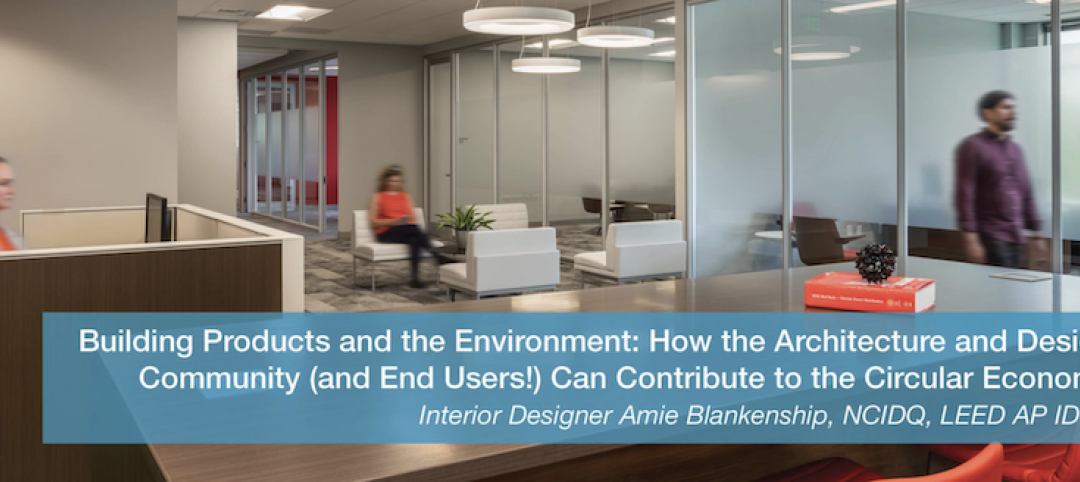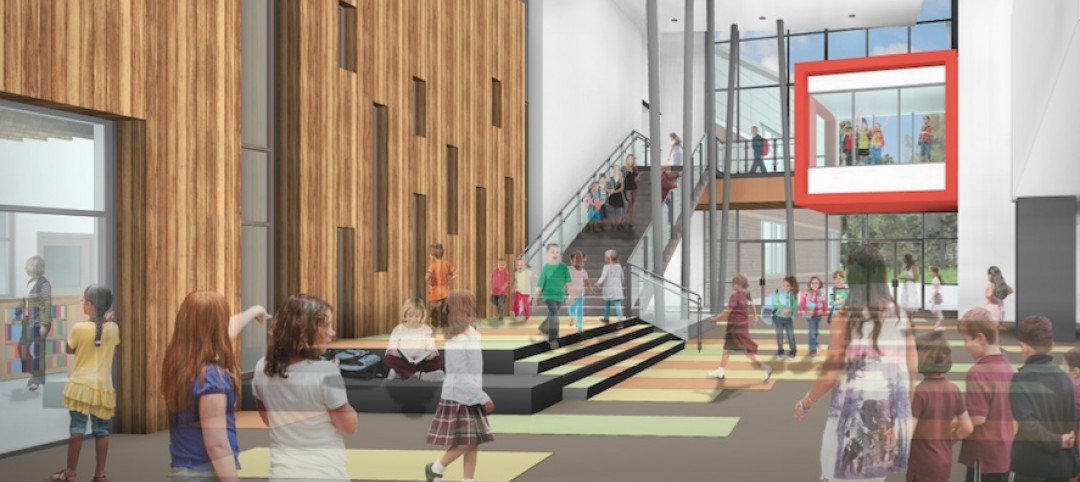Those of us who live in coastal areas like my hometown of Wilmington, N.C., are accustomed to weathering hurricanes. We stock up on batteries, board up windows, and make sure we have enough nonperishable food to last a couple of days if the power goes out. We’ll swap family stories with those who remember Hurricanes Hazel or Fran or Floyd, and maybe make coffee on the grill to share with our neighbors.
Few of us, however, have ever witnessed anything like 2018’s Hurricane Florence. Instead of slamming into the coast and blowing through in a torrent, this storm hovered over the warm September ocean waters for a seemingly interminable stretch of time. Florence appeared to grind to a halt as it hovered over the coast, funneling unthinkable amounts of water into the storm and back down onto the saturated land as rainfall. The storm was massive in size, punishing in duration, and devastating to cities across the region. The coast took a direct hit with historic flooding in New Bern, 34” of rain dumped on Swansboro, and destructive flooding as far inland as the Triangle region.
We’d love for hurricanes of this destructive power to be so rare as to be shocking; however, we only have to look back to Hurricanes Harvey and Maria in 2017, and Hurricane Matthew in 2016, for similar examples. According to climate scientists at NOAA, as the climate continues to warm, we can expect the trend of larger, slower, more powerful, and more destructive hurricanes to continue. Wind will still be a powerful factor, but the more dangerous impacts will likely come from slower-moving systems which dump unprecedented amounts of water.
How can architects help in the aftermath?
As an architect in Wilmington, I will long remember Hurricane Florence for the multisensory experiences of things gone wrong. The sound of aggressive roof leaks. The smell of wet sheetrock. The uncomfortable feeling of stepping through puddles inside a building, where puddles should not be. The desperate expression of owners trying to restore normalcy after the roof blows off. One public building owner called me in a panic with 6’ of water in his basement and asked, “You are an architect- what should I do?” Though I was secretly relieved that my firm hadn’t designed the building, I was humbled by the trust he put in the profession of architecture in the face of such a profound and catastrophic event.
Owners turn to architects as trusted advisors in times of crisis, and we need to be prepared to respond quickly. For the owner with 6’ of water in the basement, I worked with him as he continued pumping it out to plan strategies for preventing another incident in the next storm. We worked to diagnose where the water entered the building, talked about hydrostatic pressure, teamed with a civil engineer, and designed a well-point system with generator for future weather events. For building resiliency over the long term, he will need a master plan for the facility which will relocate critical infrastructure such as boilers and electrical equipment out of the basement and into an addition. In the wake of a natural disaster, architects can help with damage assessment, life safety issues, mold/mildew remediation, repairs such as re-roofing and window replacement, and strategies for prevention.
What could be done to prevent damage?
Resilient design principles will be critical in preparing our communities for future storms. Architects are familiar with the advice “think like a raindrop.” We do, but we must also think like a Category 5 hurricane. Designing our buildings to withstand severe weather is far less expensive than repairing avoidable damage; remember that a $500 roof leak exits a building as a $500,000 mold & mildew abatement contract. An investment in civil engineering and durable construction can reap significant dividends by minimizing repair costs and days a building is uninhabitable after a storm.
For site design, raising the finish floor grade is far less expensive than remediating a wet building. The cost of an additional 2’ of fill is minimal compared to the cost of demolishing gyp board walls, replacing flooring, or taking a public school or civic building out of commission during repairs. We recently raised the site for a new K-8 school by 4’, and the building stayed high and dry when Florence came through. Site drainage systems are important, but in extreme flooding events, we must also consider where the water will go when storm debris or storm surges cause these systems to fail. I visited a school where floodwaters had nowhere to travel onsite but downhill through the gymnasium. When the storm passed, the floorboards warped to the degree that they looked like an overturned Viking ship.
Even on high ground, wind-driven rain can cause significant water intrusion, particularly with improper detailing. It’s important to detail the window wrap and sill pans with welded end dams, as remediating water intrusion at gyp board walls is messy and expensive. Overhangs and recesses at entry doors will deter surface-hugging water from infiltrating surface-mounted doors, and all exterior doors should specify waterproof thresholds. Of course, we should always slope sidewalks away from doors. Design expertise and construction experience will help to reduce impacts from high water and wind; these best practices will also make our buildings more durable and comfortable in any weather.
It is our responsibility and our privilege as architects to serve as our clients’ trusted advisors. This role has always been an important one, and the need for our expertise will only grow along with the increasing need for robust and resilient design. With our guidance at every stage of the design process from carefully considered site design through detailing and construction administration, we should be able to reduce the number of building owners standing in puddles in their hallways, the number of buildings out of commission for months after a storm, and the number of kids attending school in temporary facilities while schools are repaired.
More from Author
LS3P | Apr 7, 2021
How the architecture and design community can contribute to the circular economy
The goal of the circular economy is to keep materials in circulation through reusing, repurposing, repairing, or reimagining them.
LS3P | Feb 22, 2021
The learning commons and academic success
A vibrant, modern Learning Commons can draw students in and make learning fun.
LS3P | Aug 17, 2020
Covid-19 and campus life: Where do we go from here?
Campus communities include international, intergenerational, and varied health-risk populations.
LS3P | Aug 10, 2020
Reimagining multifamily spaces in the COVID era
Multifamily developments pose unique challenges and opportunities.
LS3P | Mar 4, 2019
The artistry of high performance design
It is no secret that 40% of the US energy consumption occurs in the building sector.
LS3P | Dec 10, 2018
The art and science of drawing: Humanizing the design process with a bit of controlled mayhem
Hand drawing reveals a dimension beyond those available in a CAD drawing or digital rendering.
LS3P | Jan 25, 2018
Cost estimating for K-12 school projects: An invaluable tool for budget management
Clients want to be able to track costs at every stage of a project, and cost estimates (current and life cycle) are valuable planning and design tools, writes LS3P's Ginny Magrath, AIA.













